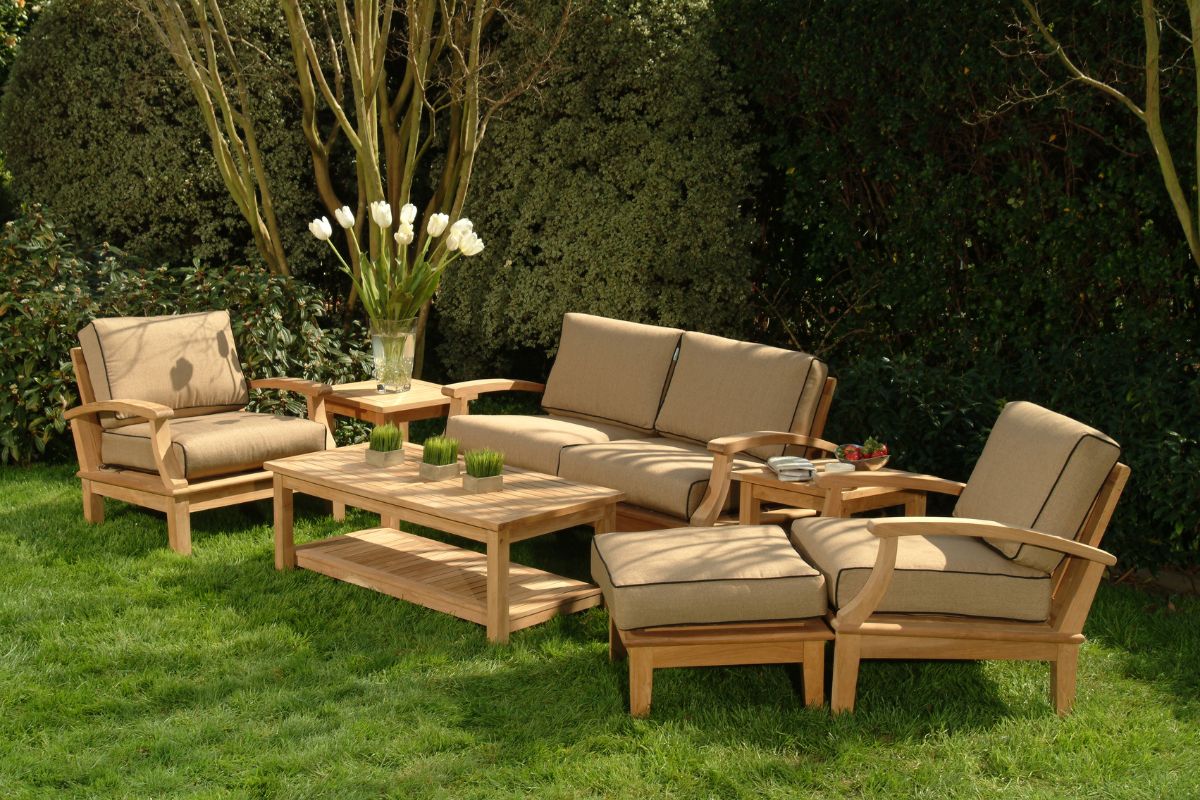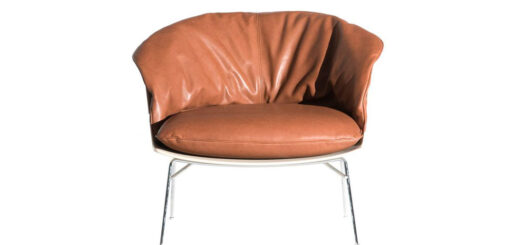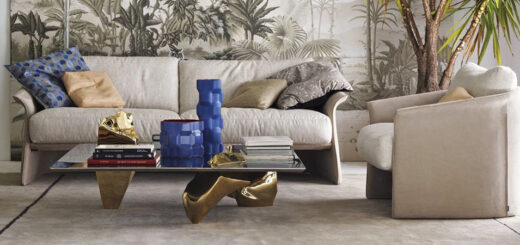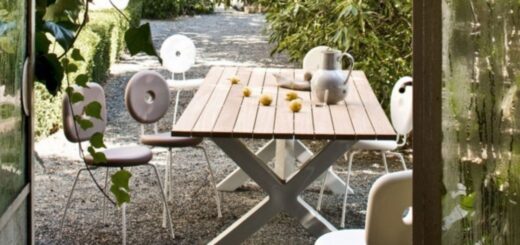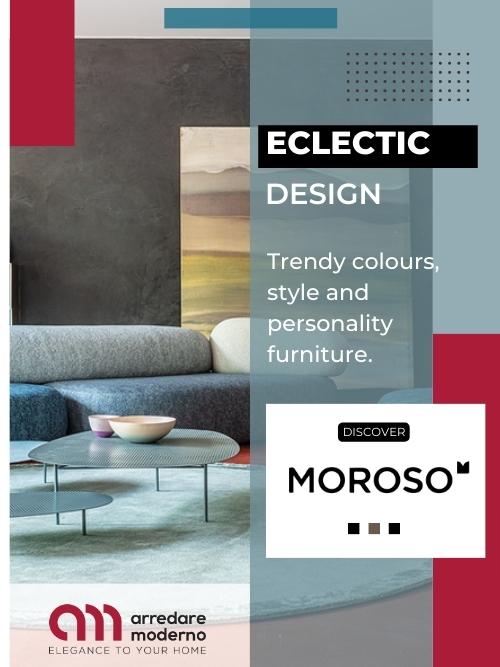The best materials for furniture: everything you need to know
What are the criteria for choosing the best materials for furniture? There are several pieces of information to take into consideration. Here is what you need to know
When it comes to furniture, there are many factors to consider when selecting the best materials. The most important factor is the use to which the furniture will be put. If the furniture is for indoor use, then you should choose a material that is durable and easy to clean. If, on the other hand, the furniture is for outdoor use, then we recommend choosing a durable material that is weather-resistant.
Another factor to consider is the style of the furniture. For modern style, we recommend choosing a stylish and fashionable material. For classic style, we recommend you choose a material that is robust and traditional.
Finally, we advise you to consider the cost of the material. Some materials are more expensive than others, so you will have to decide what your budget is and find a material that meets your needs.
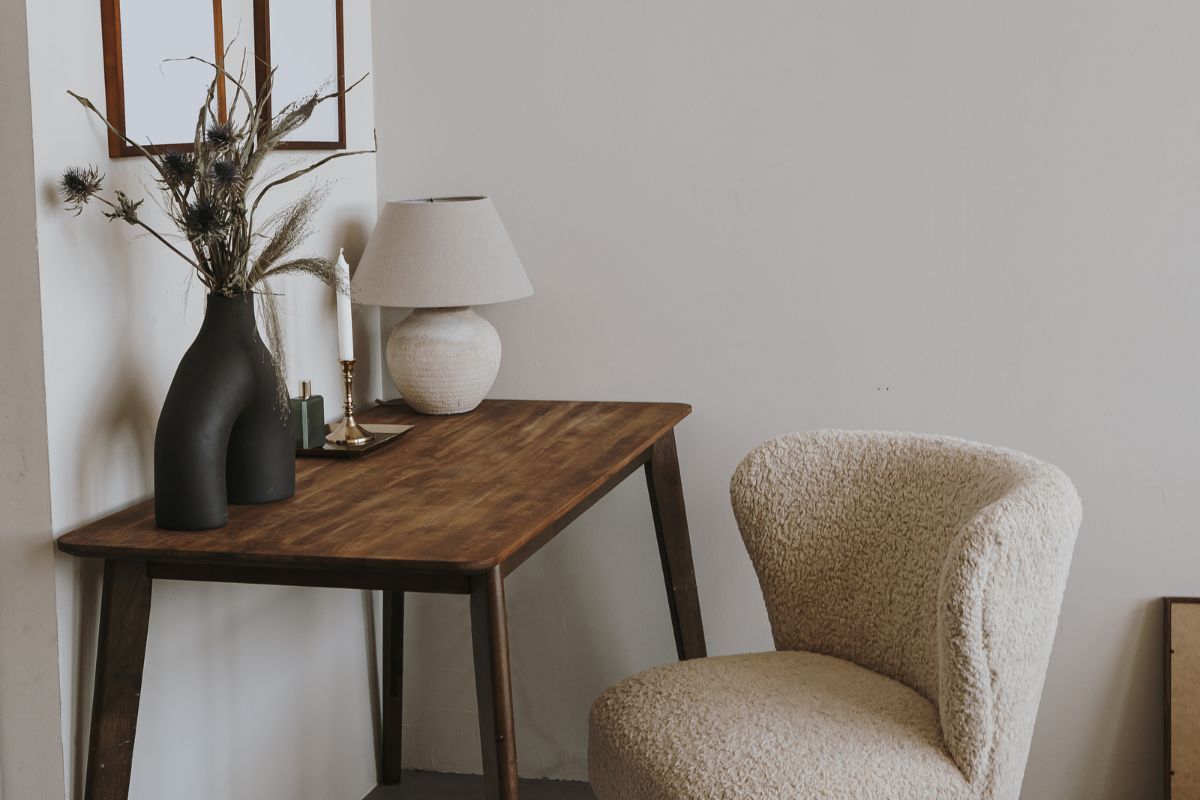
Materials for furniture: which ones to choose?
What are the factors to consider when choosing furniture materials?
The first is the environment where the furniture will be placed. If it is in a damp place, then you will need to choose a material that will not warp or be exposed to mould. If it is in a dry place, you will have to choose a material that will not crack.
The second thing to consider is how the furniture will be used. If it will be used a lot, you will have to choose a stronger material. If it will be for display, you can choose a more design and decorative material.
Some of the most common materials for furniture are wood, metal and plastic.
Each has its advantages and disadvantages.
Wood is a natural material and can be stained or painted to match any décor. It is also a durable material and can be used for both indoor and outdoor furniture. The downside of wood is that it can warp in humid environments and can be damaged by water.
Metal is a popular choice for furniture because it is durable and can be painted or powder-coated to fit any décor. It is also easy to clean and will not warp in wet environments. The downside of metal is that it can be heavy and can be damaged by bumps and scratches.
Plastic is one of the most popular materials for children’s furniture because it is durable and easy to clean. Here are some of the pros and cons of plastic furniture:
ADVANTAGES:
- Plastic furniture is often cheaper than other types of furniture.
- It is often lightweight, which can be an advantage if you need to move it often.
- It can be easy to clean.
DISADVANTAGES:
- Plastic furniture can often be less robust than other types of furniture.
- It may be less comfortable than other types of furniture.
- Can be less stylish than other types of furniture.
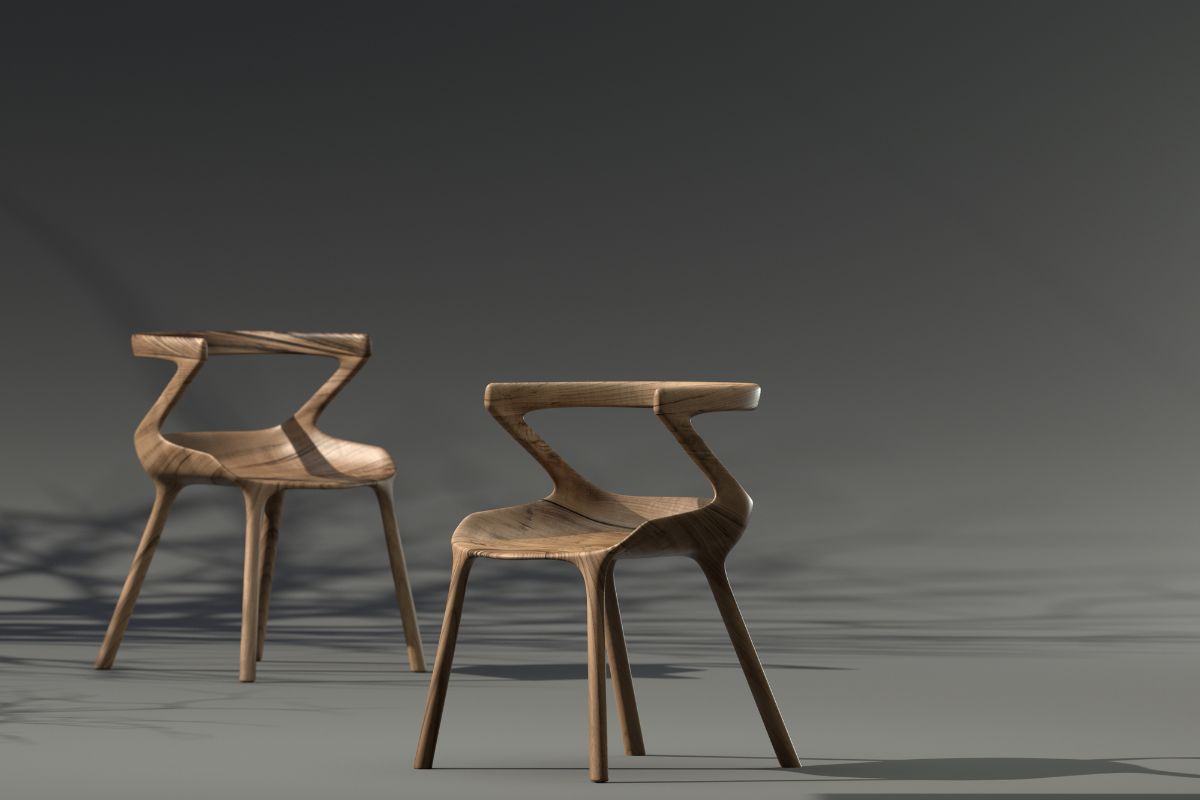
Sustainable materials for furniture
If we talk about materials for furniture, we cannot fail to mention sustainable materials, which are increasingly being considered in the furniture market for an environmentally friendly lifestyle.
In the market, there are a variety of sustainable materials that can be used for furniture.
Bamboo is a popular choice because it is a sustainable resource that grows quickly. It is also strong and durable, which makes it a good choice for furniture.
Cork is another sustainable material that can be used for furniture. It is a natural insulating material, so it is good for furniture that will be used in a climate-controlled environment.
Recycled materials can also be used for furniture. Recycled plastic can be used to make furniture light and durable. Recycled metal can be used to make robust and durable furniture.
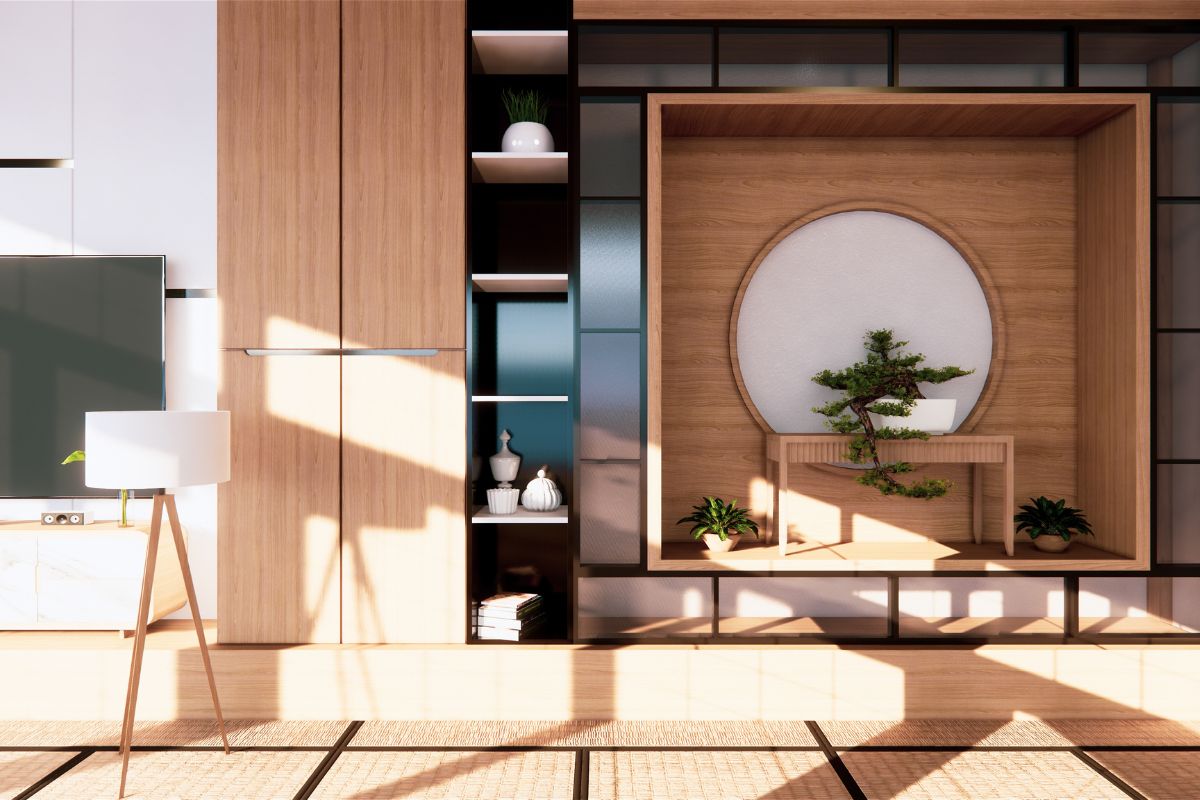
Which material to choose for living room chairs?
One of the most important pieces of furniture in any room is the chair. Chairs come in all shapes and sizes and can be made from a variety of materials. When choosing chairs for your living room, consider the style of the room, the other furniture in the room and your personal preferences.
Leather chairs are a favourite for living rooms. They are comfortable and elegant and can be combined with any furniture. If you are looking for a more affordable option, consider fabric or suede chairs. These materials are soft and comfortable, and come in a variety of colours and patterns.
Wooden chairs are also ideal for living rooms. They are sturdy and can last for years, and can match any style of furniture. If you are looking for a more unique look, consider rattan or wicker chairs. These materials are lightweight and can add a tropical feel to your living room.
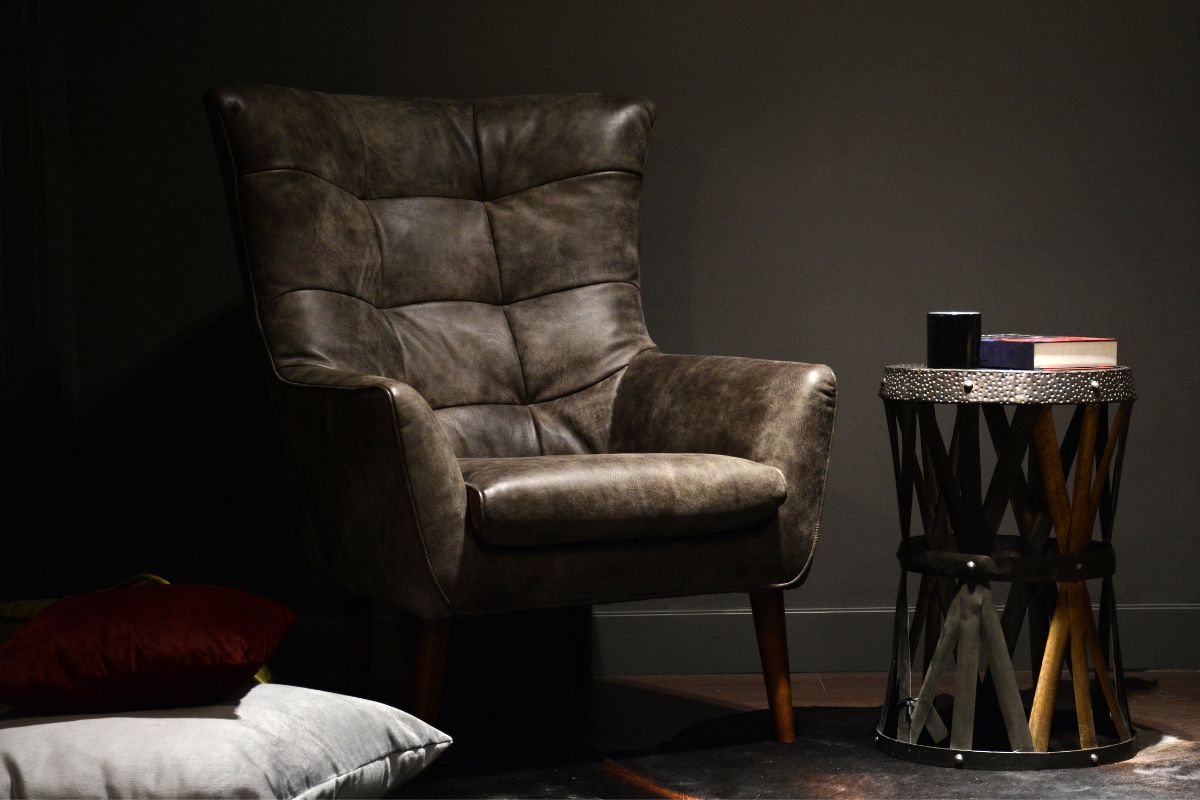
What material to choose for the indoor table?
There are many factors to consider when choosing the material for an indoor table.
The first consideration is the intended use of the table.
If the table will be used for dining, you need a material that is easy to clean. Glass or hard plastic are good choices. If the table will be used for playing or working on crafts, then a softer material, such as wood, is a better option.
The second consideration is the style of the room. A classic style room would look best with a wooden table, while a more modern style room would be better suited for a glass or plastic table.
Obviously the budget will also make a difference here.
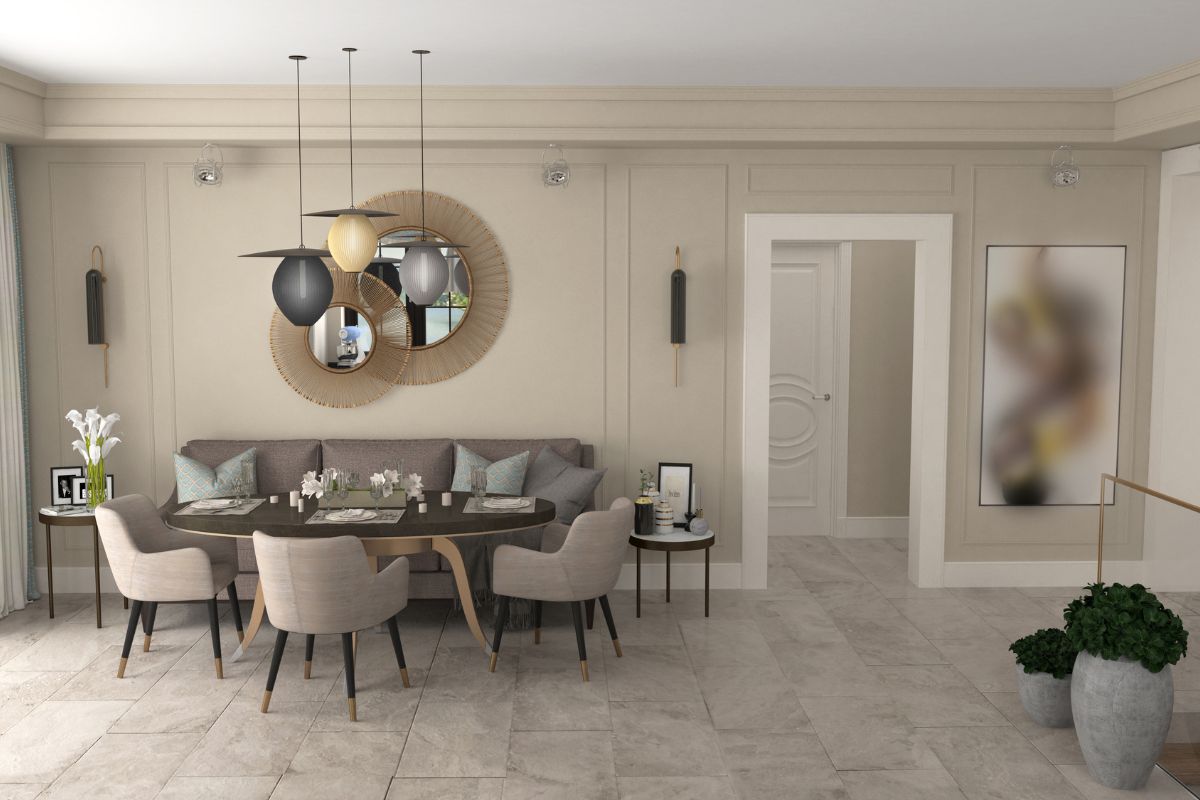
What material to choose for outdoor furniture?
When choosing material for outdoor furniture, you need to think about more than just the look of the furniture. You also have to think about how the furniture will hold up over time. Some materials are better for outdoor furniture than others.
Wood and metal are among the most frequent choices for outdoor furniture, as they are weather-resistant; however, they can be very expensive.
Plastic is a less expensive option for outdoor furniture. It is not as durable as wood or metal, but can withstand bad weather.
